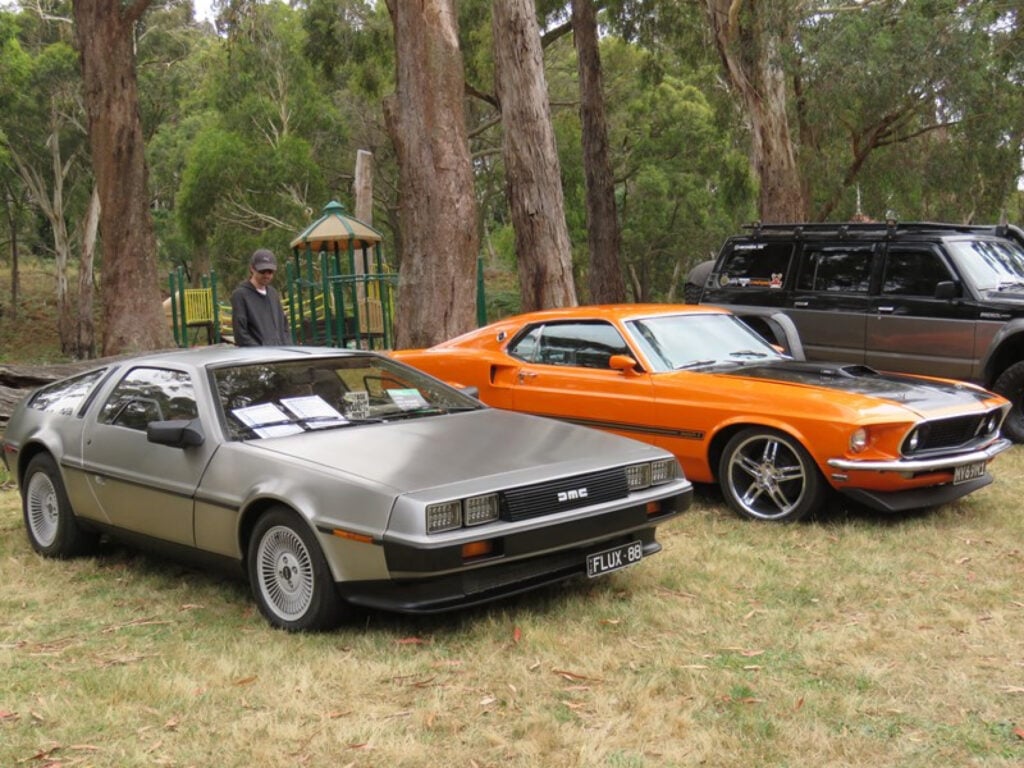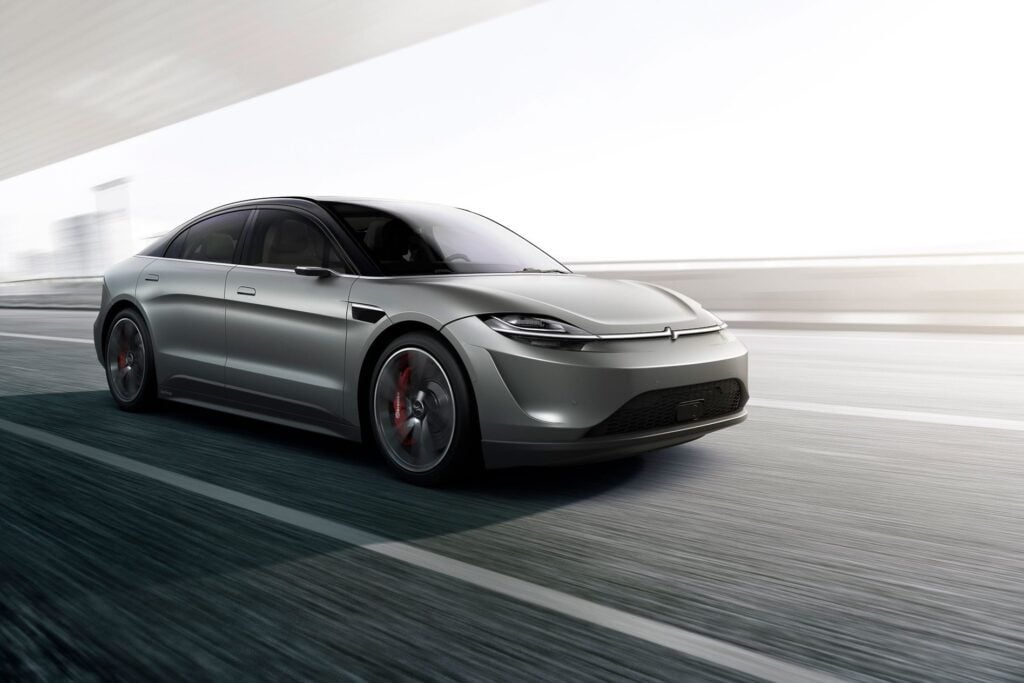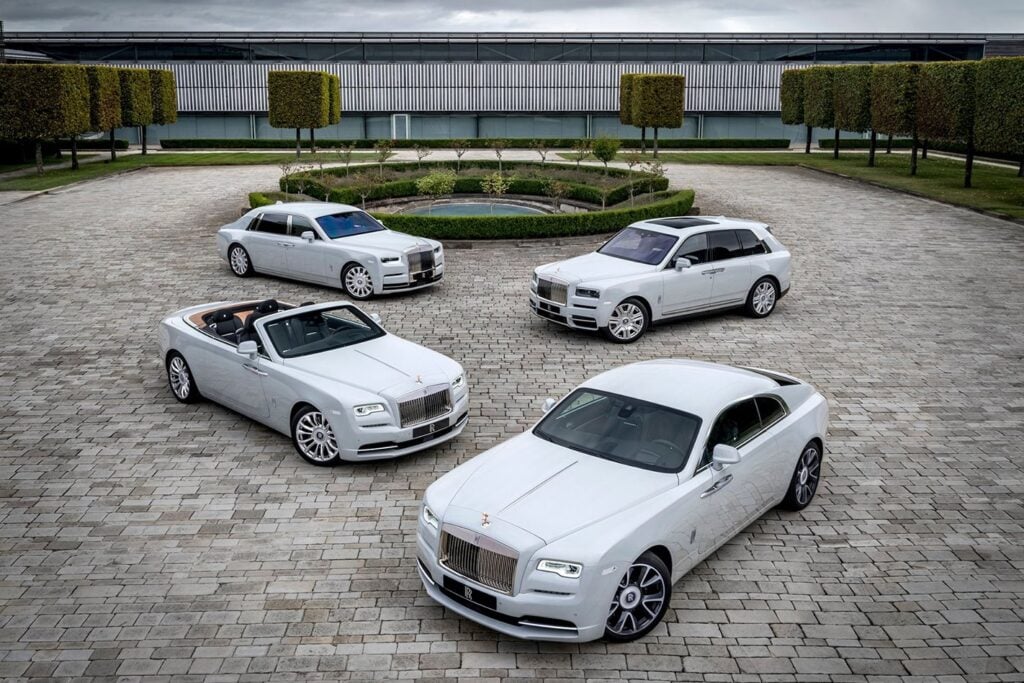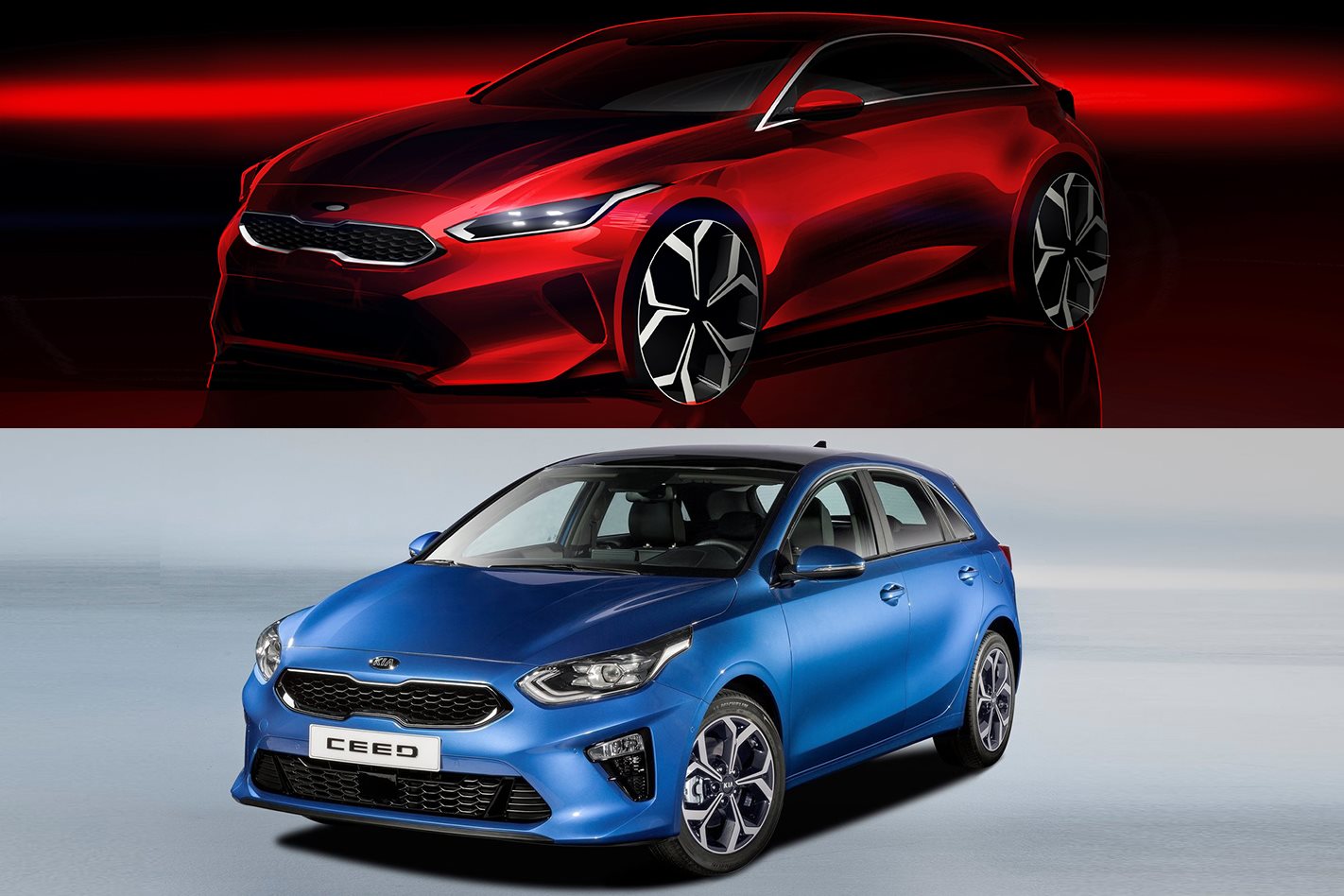
We’re used to things looking nothing like their picture – Big Macs, hotel rooms, internet dates – but that doesn’t stop us being a tad disappointed when reality doesn’t conform to expectation.
Vehicle concept renderings are no different. Despite knowing better, we get excited by the embellished sweeping lines, clamshell doors and Hot Wheels-like rims only to cry foul when the new Nissan Micra looks nothing like a bullet on wheels.
Needless to say, we’re a little cynical about the sketch Volkswagen put of it’s new Ford Ranger-based Amarok ute. The thing looks like a Transformer, ready to rise up on its rear wheels and open its doors to reveal laser-guided Maverick missiles. But deep down we know the production version will be a tad more prosaic.

Our scepticism has been forged by the carmakers’ marketing teams, who complement such images and concept designs with false promises; as a certain Korean manufacturer did a couple of years back in the lead-up to the launch of its latest Ceed, which is the European version of the Cerato.
Kia released a teaser sketch shortly before the big reveal showing a demonic red, coupe-like hatch with an “athletic” design “inspired by the fastback styling of the Stinger”, only for the real thing to drop a week later channelling a 2010 Subaru Impreza.
Kia is hardly alone here; Honda did similar in 2017 with Urban EV Concept that we at the time described as a breath of fresh air thanks to its deliberately simple, old-school silhouette concealing neat details such as the front-hinged suicide doors.

It finally arrived at the 2019 Geneva Motor Show to rave disappointment, with its sharp lines sanded down to the point where you’d have trouble picking it out in a line-up with alongside a Kia Picanto and Suzuki Swift.
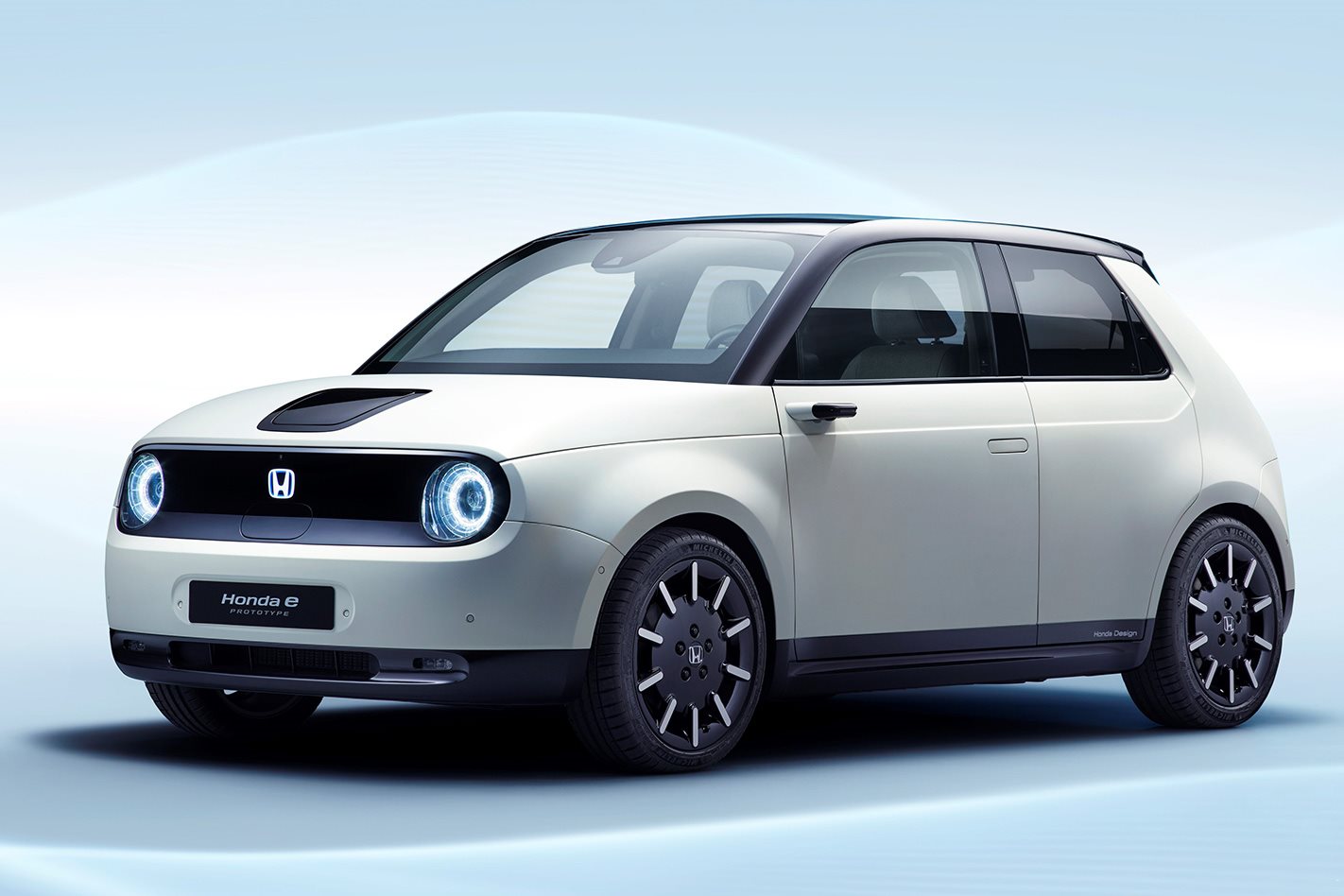
So why is there a disconnect between the renderings and the finished cars?
Paul Beranger, an automotive design consultant, WhichCar Style Award judge and the man behind cars such as the LJ Torana and the Toyota Aurion, told WhichCar that renderings were meant to be the first step in the process of selling a design to the car maker’s management, meaning they had to look as sexy as possible.
See the above picture gallery for more concept sketches versus reality
“They’ve got to reflect as strongly as possible the ambitions of the designer in terms of the creative style they want to generate in the finished design,” Beranger said.
“So it’s very important that the initial concepts are eye catching, they’re emotional and they drive people towards a more rational decision as the process of the design evolves.
“Gradually the emotion and the rational merge and as they do there’s a compromise on both sides, from a technical point of view and an aesthetic point of view.”
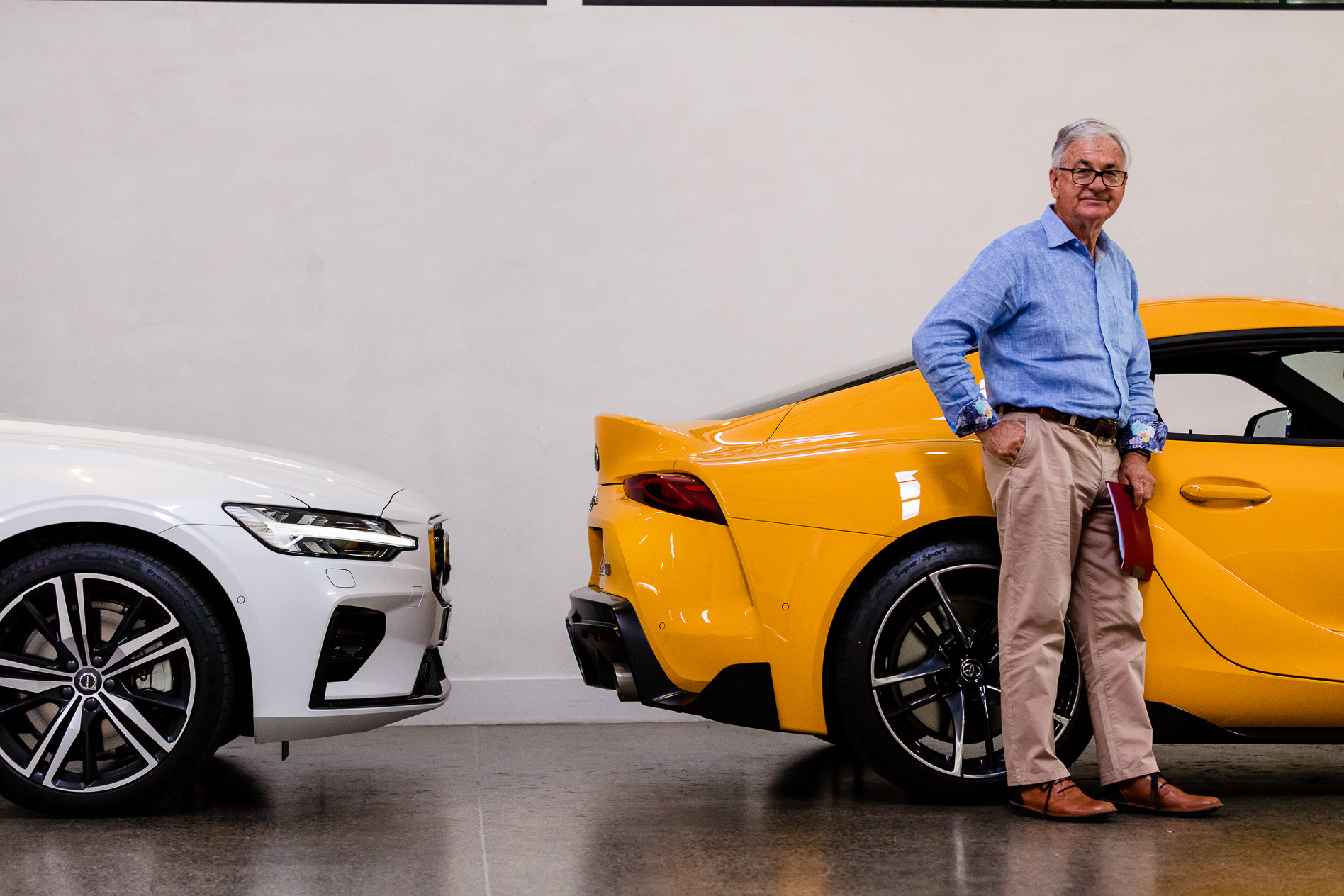
Beranger (above), who started his design career with Holden, worked around the world, and ran Toyota Australia’s design team before retiring in 2012, said it was unusual for renderings to be pitched to the public within days before a full reveal, as with the Kia Ceed.
“These days it’s almost always a teaser photograph of the finished car. When you get to launch-minus-12-months the design’s locked in, it’s then up to the marketing guys to actually start figuring out how to launch this car to the public.
“It’s always a risk. You can excite the market and I guess you can over-promise and under-deliver, but at the same time I would guarantee you 100 percent that was a strategic decision they (Kia) made for whatever reason,” he said.
“It’s just as likely the designer was asked to create a couple of sketches of the emotion about the car’s design and what it all means, so when the car is released people are already excited about it. How deflated they might get about it because it’s not like the sketch, that’s really the marketing conundrum.”

Paradoxically, renderings are often used early in a car’s launch cycle to prevent disappointment by easing people into a new look. Beranger said this is exactly what Holden did with the new Commodore.
“With the Commodore, drawings were used to softly release the car to the public, so that when the car was launched they weren’t all of a sudden hit with a five-door hatchback, front-wheel drive, four-cylinder turbo,” he said.
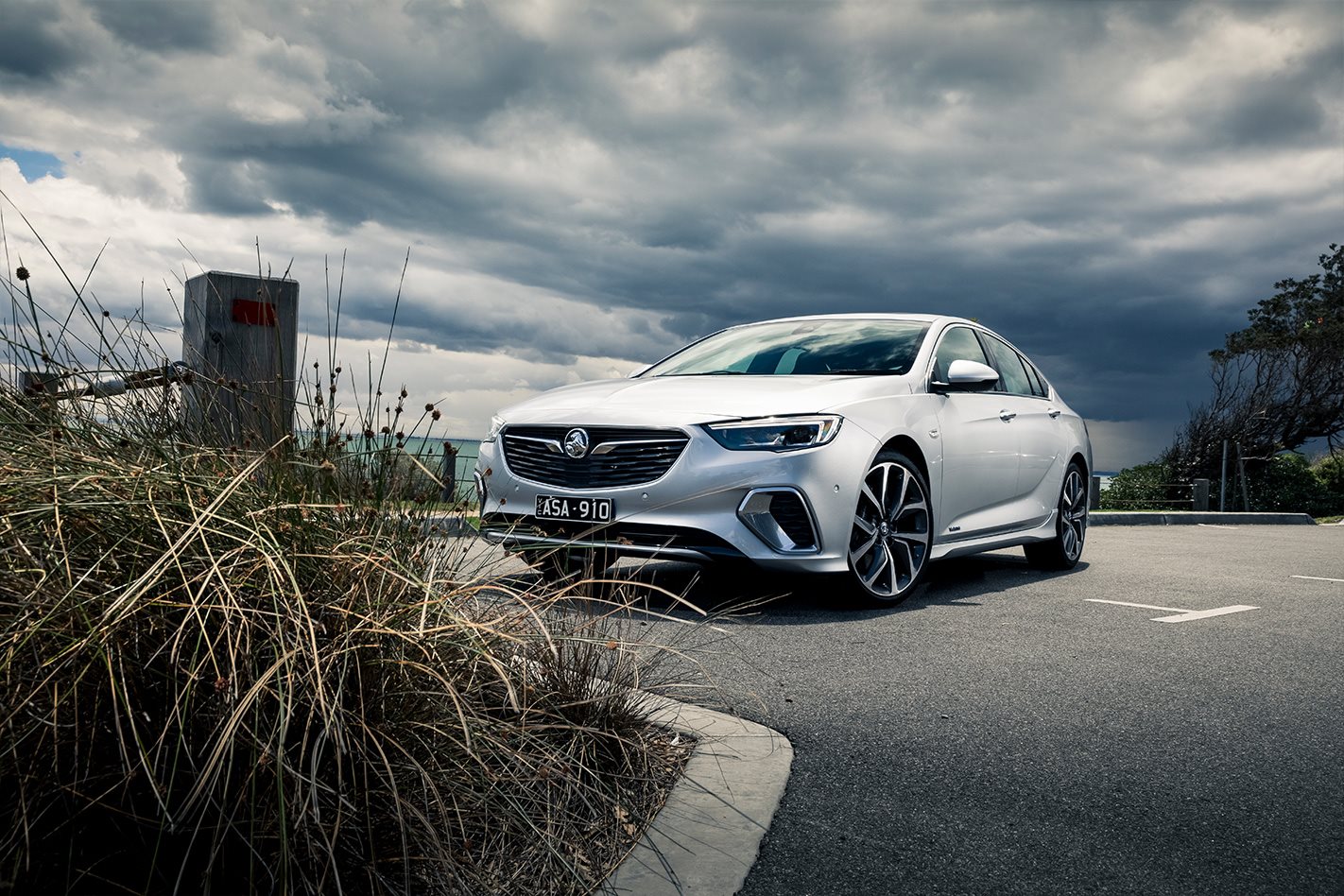
“Holden decided they would gradually leak information about the car, styling as well as mechanical, and at the point people would start to be comfortable with the car even before it was launched.
“Holden were pre-empting the negative criticism and squashing that before launch.”


